Army reveals names of 21 in air crash
…
Washington (UP) –
Defense Transportation Director Joseph B. Eastman today recommended a stay-at-home holiday as:
…a patriotic way to observe the Fourth of July.
He said that wartime burdens on railroads and bus lines will not allow “needless travel” over the holiday in most sections of the country. Those with cars, he added:
…should bear in mind that their autos and their tires will probably have to last for the duration.
U.S. War Department (July 4, 1942)
In a joint operation with Royal Air Force light bombers, six U.S. aircrews attacked targets in German-occupied territory today.
Two U.S. planes are missing.
The U.S. crews flew A-20-A type aircraft in a daylight minimum-altitude attack.
U.S. Navy Department (July 4, 1942)
North Pacific Area.
Since the issuing of Communiqué No. 90 on June 21, the situation in the Aleutian Islands has not changed materially. Long-range Army and Navy aircraft have engaged in reconnaissance and attack missions whenever weather permitted.
On June 21, Army planes dropped bombs on shore installations at Kiska, but due to fog, results could not be observed.
On June 25, Navy reconnaissance aircraft over the Kiska area observed one large cruiser and three destroyers in the harbor of Kiska. The bow of the Japanese transport, which was sunk by Army aircraft on June 18, was clearly visible near the center of the harbor. During these operations, a Navy patrol plane was attacked and damaged by enemy aircraft but returned safely to its base.
On June 26, two Army planes attacked shore installations at Kiska, but again fog did not permit results to be observed.
On June 28, Army bombers again attacked Kiska, doing further damage to shore installations. From June 28 to July 2, the weather was such as to render flight operations inadvisable.
On July 2, a patrol plane observed three Japanese transports with escorting vessels off the island of Agattu, about 35 miles to the southeast of Attu. Army bombers attacked this force that afternoon inflicting damage, the exact extent of which could not be observed. Our aircraft returned safely, having suffered only minor damage from anti-aircraft fire.
On July 3, Kiska was again bombed by Army aircraft, but again observation of results was not possible.
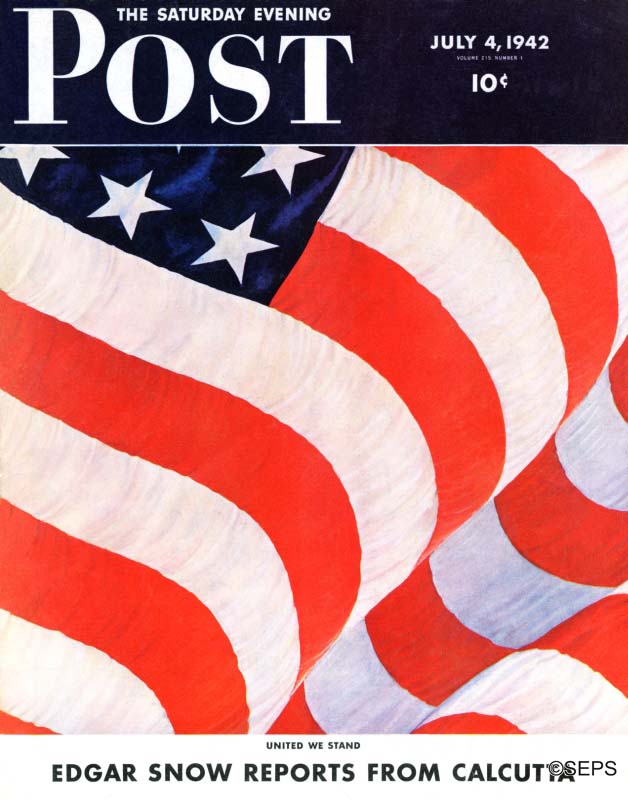
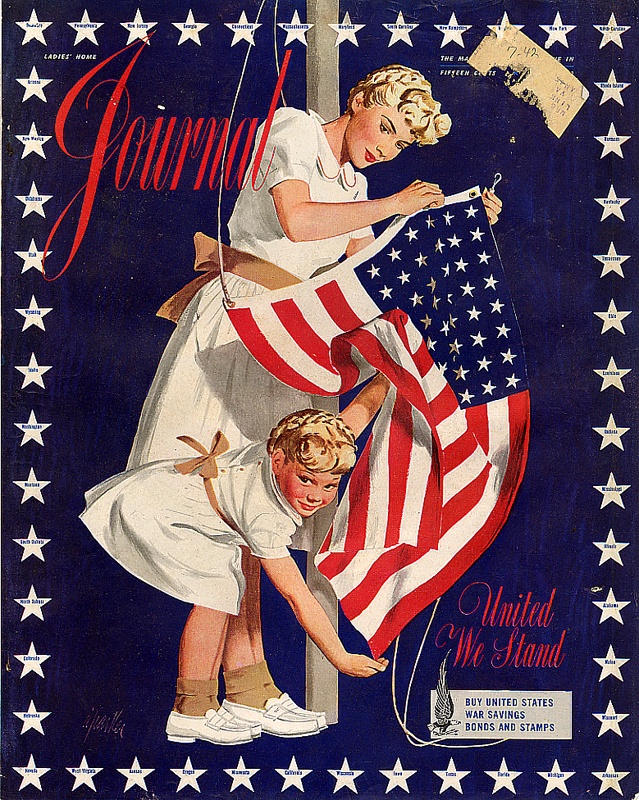
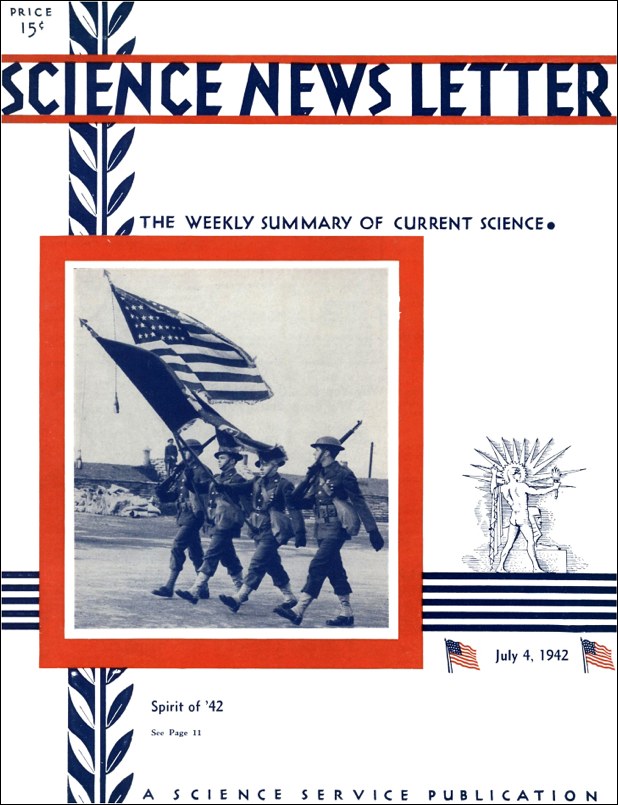
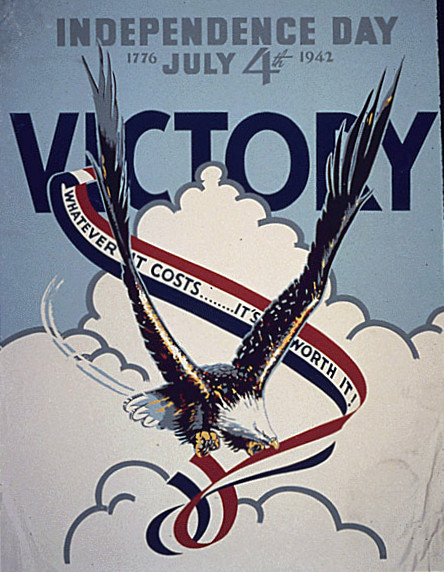
U.S. War Department (July 5, 1942)
Northwest Sector.
Koepang: An Allied air unit raided an enemy airdrome in a light attack.
Northeast Sector.
Lae: An Allied flight dropped heavy bombs on a runway and successfully fought off an attack by 12 Zero fighters over the target area.
Port Moresby: Six enemy fighters were intercepted and driven off by an Allied fighter patrol.
The Pittsburgh Press (July 5, 1942)
Six bombers skim treetops in daylight raid, one hits ground but gets home
By Edward W. Beattie, United Press staff writer
London, England – (July 4)
U.S. Army bombers, flying 300 miles an hour in daylight over the treetops of Holland, blasted administration buildings, personnel and grounded airplanes at three German airdromes on this Fourth of July morning.
The raid was officially called:
…the beginning of an attack that will make Germany rue the day she plunged the world into war.
Flying very low, six twin-motored light bombers of the Douglas A-20A type – manned by U.S. fliers – joined six similar RAF bombers in a daylight roundtrip sweep of 400-500 miles almost to the German border at Aix-la-Chapelle. Airdromes at Alkmaar, Valkenburg and Haamstede were attacked. There was no fighter escort.
Where U.S. fliers raided Nazis is indicated by the arrow from the English coast to three airdromes in Holland at Haamstede, Alkmaar and Valkenburg. The first two are near Amsterdam about 125 miles from England. Valkenburg is about 200 miles from Dover.
Two U.S. bombers and one RAF bomber were lost.
Damage to aircraft on the ground and buildings was “considerable” and German soldiers were mowed down by a hurricane of machine-gun and cannon fire, according to U.S. General Headquarters.
The statement said:
About 150 Germans in flying kit were caught flat-footed as if on parade. These troops dispersed in all directions under heavy machine-gun fire from the front guns.
Maj. Gen. Dwight D. Eisenhower, U.S. commander in Europe, awarded the Distinguished Service Cross to one pilot, Capt. Charles C. Kegelman, of El Reno, Oklahoma, whose coolness and bravery brought his crew safely home after their blazing plane actually struck the ground while attacking the enemy target.
The boldness of Capt. Kegelman and his crew illustrated the fury with which the Americans and British struck. His bomber was hit by anti-aircraft fire, the propeller and nose section of his starboard engine were shot off, the tail was full of holes, one motor was afire.
Headquarters said:
The plane hit the ground, damaging the starboard wing and knocking a large hole in the bottom of the fuselage.
Yet Capt. Kegelman pulled out of the dive, headed straight for an anti-aircraft tower that was firing at him, opened up with his front guns on the tower – forcing it to cease firing – and then took his crew home on one motor.
One of the two U.S. planes lost was shot down by anti-aircraft guns. The RAF lost one bomber.
British Air Marshal A. T. Harris, in a message to the commanding general of the U.S. Army Bomber Command, said:
From this beginning will spring an even growing weight of attack… I know your magnificent youngsters will fetch a grunt out of the enemy with the first punch.
The message said that the attack would make American Independence Day still more significant for “our two peoples.”
U.S. troops also first went into action in France in World War I, July 4.
An Air Ministry communiqué said:
At Haamstede and Alkmaar [20 miles west and northwest of Amsterdam and 125 miles from eastern England], bombs were seen to burst in hangars and administrative buildings. The Valkenburg field [in southern Holland, 200 miles from England] was heavily machine-gunned and an enemy fighter on the ground set afire.
Enemy patrol vessels off the Dutch coast were also attacked.
The loss of two of six U.S. planes was not regarded as an unusually high percentage for daylight raiding.
The technique on such daylight raids is to cross the coastline only a few hundred feet above the sand and then drop down to the housetops, which would permit the people of occupied Holland and Belgium to see the U.S. insignia on the attacking planes.
It is generally believed that some time will elapse before American participation in raids on the European occupied zones can reach a high pitch, but regular RAF devastation raids are expected throughout the summer.
Message on Fourth terms U.S. declaration basis for world freedom
…
All Americans belong to same union – the U.S., general reminds
…
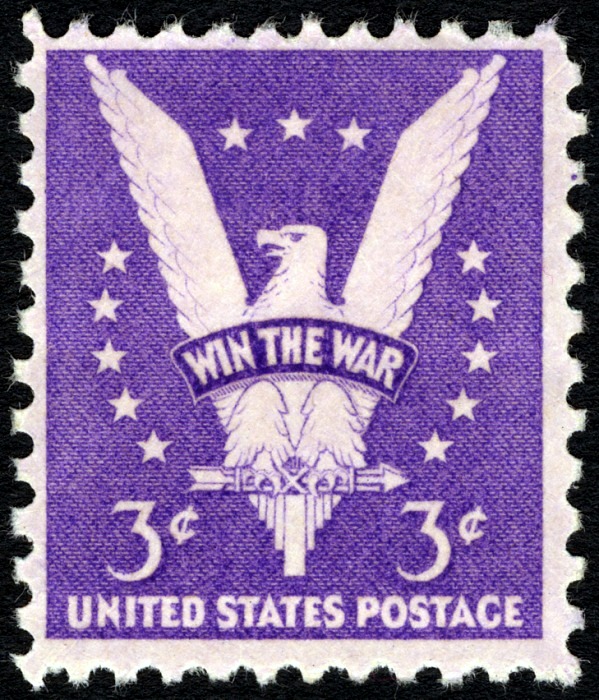
Washington (UP) – (July 4)
President Roosevelt paused in his busy Fourth of July schedule to buy from Postmaster General Frank C. Walker the first 3¢ “Win the War” postage stamp which went on sale today.
A Gulf port – (July 4)
A small Panamanian merchantman was torpedoed and sunk in the Gulf of Mexico June 16 with the loss of 30 men, the 8th Naval District announced today.